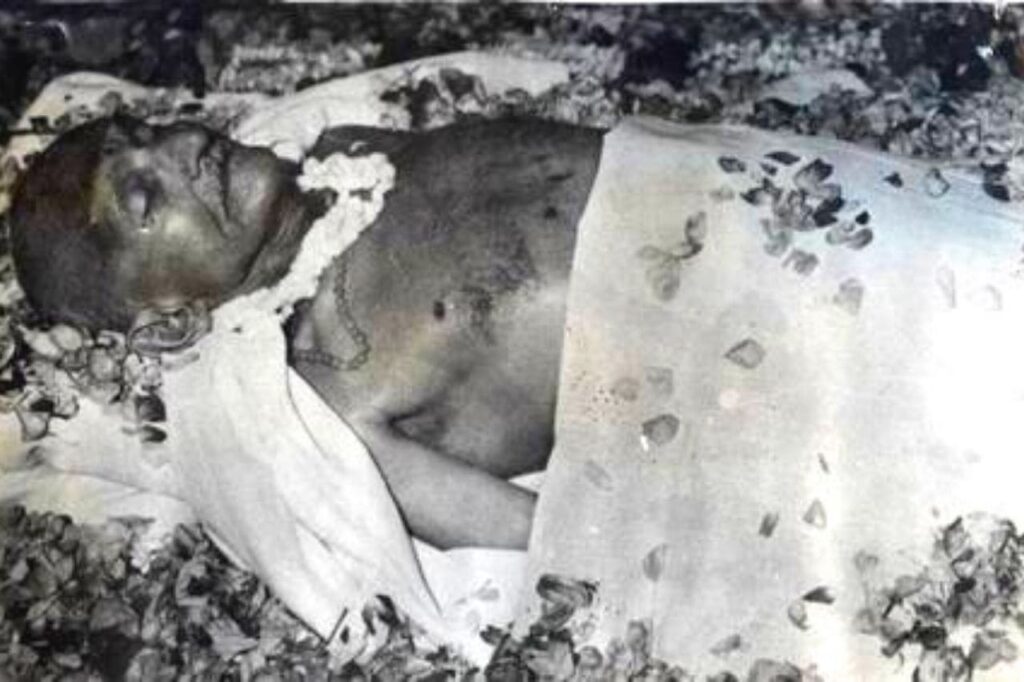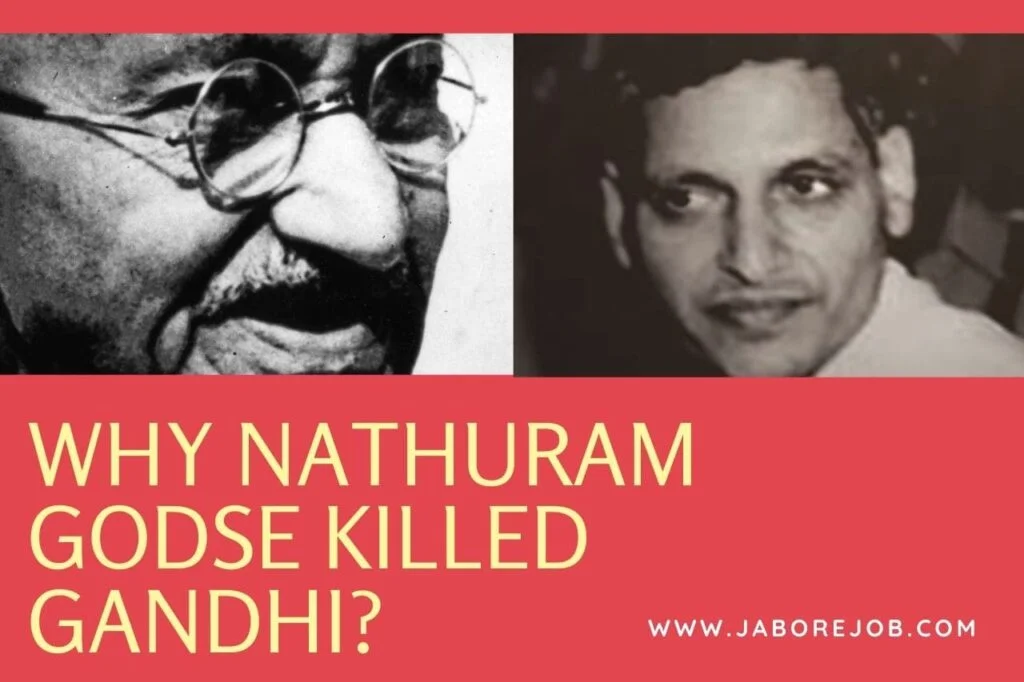The world remembers Mahatma Gandhi as the apostle of non-violence, who led India to independence through peaceful resistance. Yet, in 1948, a gunshot shattered the nation’s tranquility, silencing the “Father of the Nation” in a moment of unimaginable tragedy.
The man who pulled the trigger, Nathuram Godse, became an enigma, his motives shrouded in a chilling mix of personal beliefs, political fervor, and religious tensions.

Godse’s journey began far from the tumultuous world of politics. Born into a devout Hindu family, his early life was shaped by tragedy. 3 older brothers succumbed to illness, leaving Godse marked by a sense of misfortune. Raised initially as a girl, as per tradition, his life took a different course only after the birth of a younger brother. This unusual upbringing, coupled with the belief that he possessed mystical abilities, instilled in him a sense of otherworldliness.
Initially drawn to Gandhi’s ideals of non-cooperation against British rule, Godse’s political leanings shifted drastically during his family’s relocation to Ratnagiri. He found himself immersed in the fervid rhetoric of Hindu nationalism, attracted to figures like Vinayak Damodar Savarkar who advocated for an armed rebellion against the British.
While both Gandhi and Savarkar shared the ultimate goal of India’s freedom, their paths diverged sharply. Gandhi championed non-violent resistance and interfaith harmony, while Savarkar pursued a more militant approach, viewing any compromise with Muslims as a weakness.
The partition of India in 1947, a bloody and painful process riddled with religious violence, became a turning point for Godse. He saw Gandhi’s advocacy for Muslim rights and calls for non-violent reconciliation as appeasement, fueling his simmering anger.
The decision to withhold funds promised to Pakistan, seen by Gandhi as a means to pressure it to stop the violence, proved to be the final trigger. In Godse’s distorted worldview, it became a betrayal of the Hindu majority and the ultimate justification for the unthinkable.
On January 30, 1948, as Gandhi walked towards his daily prayer meeting, Godse approached him under the guise of seeking blessings. In a moment of chilling betrayal, he raised his gun and fired three fatal shots. The nation, still reeling from the wounds of partition, was plunged into grief and shock.
The following trial became a spectacle, with Godse using the courtroom as a platform to espouse his radical views. While condemned to death, his act sparked heated debates about freedom of expression and the dangers of unchecked ideologies. Interestingly, Gandhi’s children opposed the death penalty, advocating for forgiveness in line with their father’s principles.
Understanding Godse’s motivations necessitates moving beyond simple condemnation. It demands delving into the complex story of India’s history, the religious tensions that simmered beneath the surface, and the political ideologies that clashed violently.
The assassination of Gandhi remains a stark reminder of the fragility of peace and the destructive power of extremism, urging us to learn from the past and build a future where dialogue and tolerance prevail.
[ Do you know how Bruce Lee died? ]












